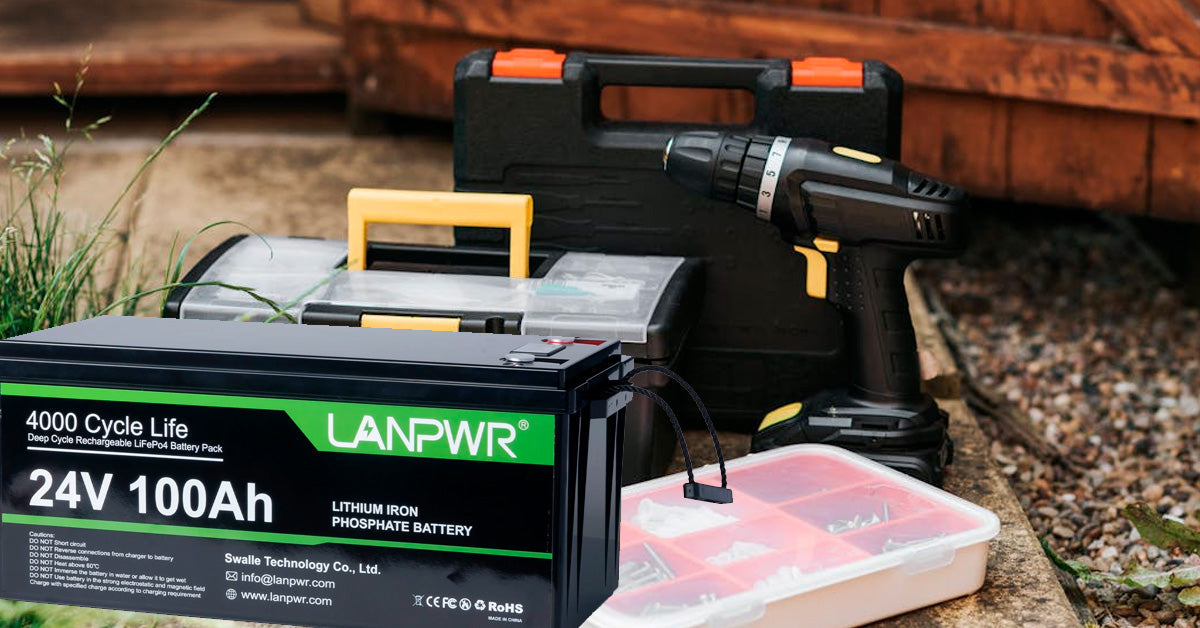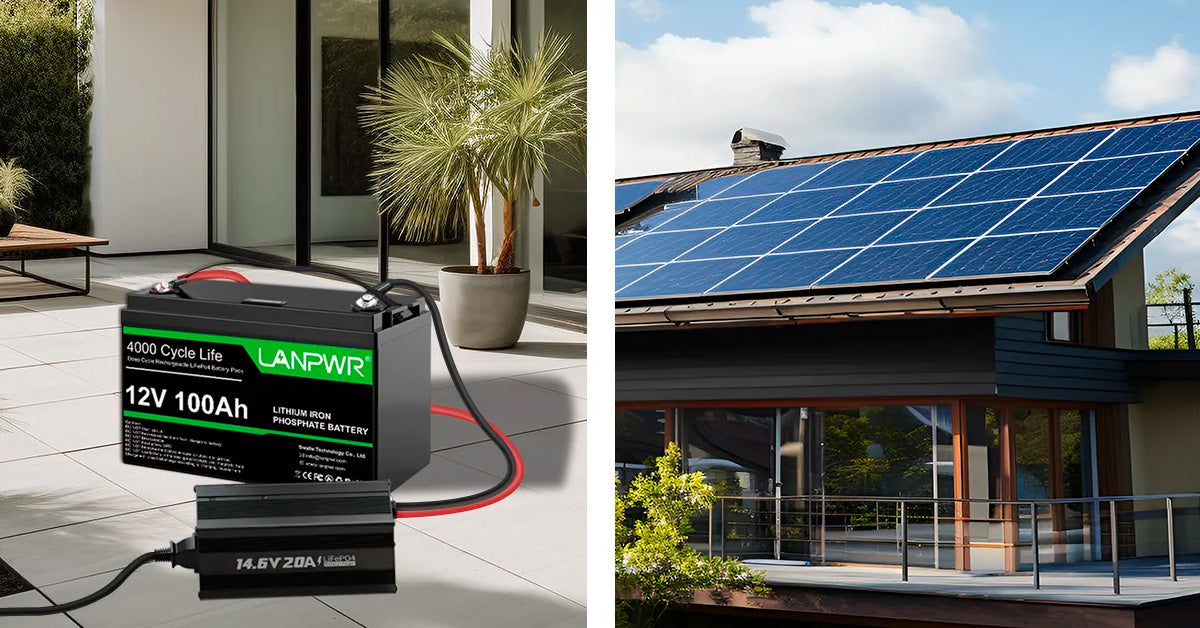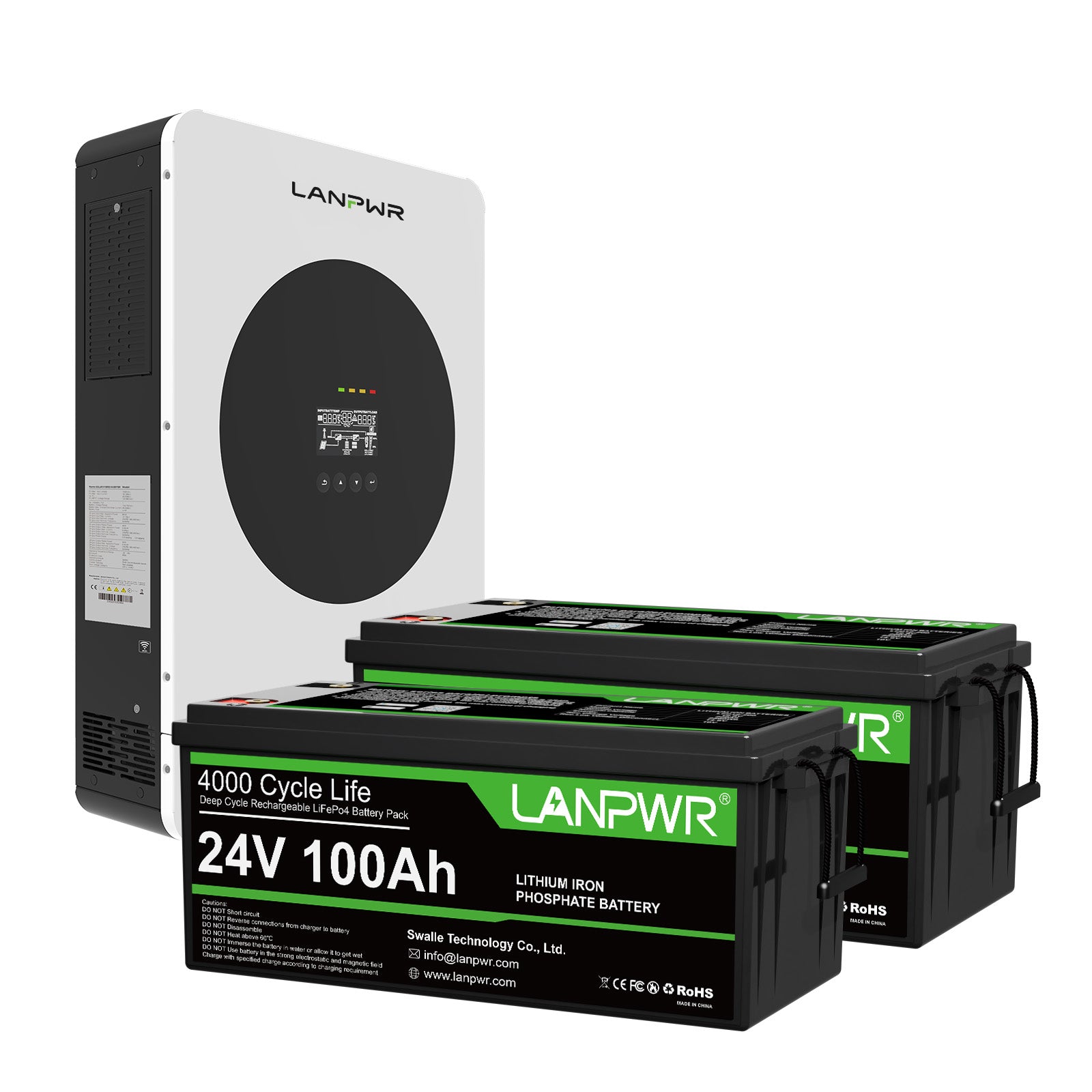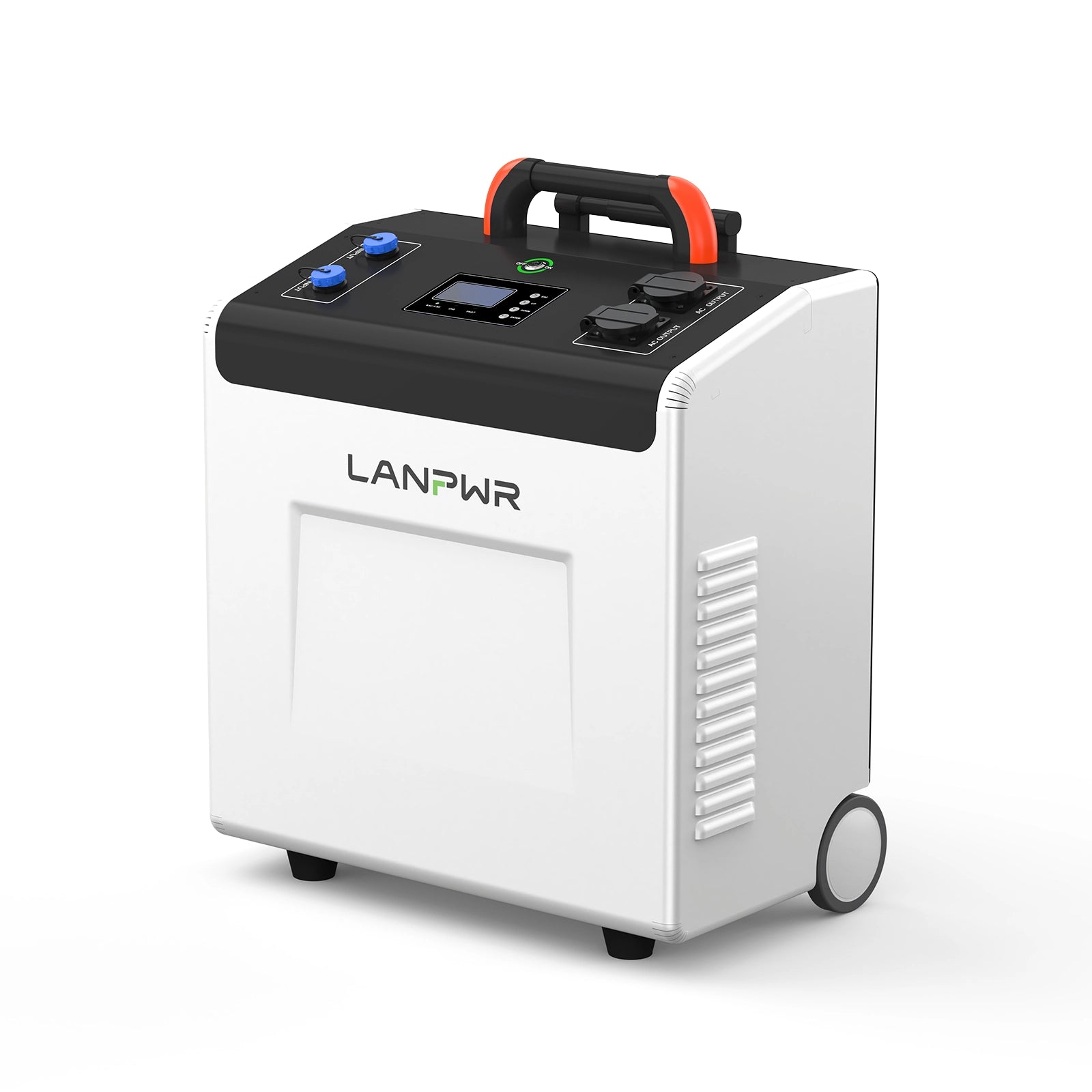Modern technology uses lithium-iron batteries for everything from cell phones and electric cars to smartphones and laptops.
Maintaining these lithium-iron batteries properly is critical to their longevity and safety; In this guide, we cover causes of battery swelling common to lithium-iron batteries as well as maintenance strategies to avoid such incidents in the future.
Understanding Lithium Iron Battery Bloating for further info.
Subchapter I addresses Lithium Iron Battery Bloat or Expandage. Gases inside lithium iron batteries cause their cells to expand or "bloat," often as the result of electrolyte breakdown that produces gas byproducts that accumulate and increase casing pressure, eventually leading to its swelling or bulge.
Ultimately, this causes swelling or expansion.
Lithium iron batteries that swell can indicate problems within them as well as be a safety risk. Uncontrolled internal pressure could cause its casing to burst and potentially spark fires and explosions, with greater risks occurring when exposed to external heat sources or charged at higher rates.
An over-swollen or distended battery may display different signs, with visible swelling or a case that feels soft to the touch being the primary indicators. Battery efficiency may also be affected as it drains faster or has reduced capacity, which will impact device performance negatively. Furthermore, structural integrity could become compromised to such an extent that electrolytes leak out, causing lasting damage as well as creating safety concerns due to corrosion caused by electrolyte leakage from its internals, corroding other parts of your device or even creating additional safety concerns altogether.
Overcharging is one of several causes of lithium-iron battery swelling. Excess current is supplied after it reaches maximum capacity, leading to excessive heat being generated within its electrolyte or cell material and consequently increased internal pressure; further, heat speeds up component degradation, leading to its further decline, which contributes to swelling. When overcharged batteries swell, they compromise not only their structure and overall efficiency but also their lifespan, resulting in substantial structural, performance, and efficiency losses as well as lifespan reductions.
Environmental factors, including temperature and humidity levels, play an essential part in the functionality and health of lithium-iron batteries. Extreme temperatures may lead to battery malfunction; at high temperatures, the electrolyte within can expand further, increasing internal pressure within. Extremely low temperatures may decrease internal resistance and cause rapid discharges or structural damage, impact or punctures can compromise cell structure integrity, allowing oxygen into its casing, which then reacts and leads to swelling; non-specific chargers could further compound these problems and increase swelling risk; inaccurate charging cycles could aggravate these issues further, increasing swelling risk further still.
Safety and Maintenance of Lithium Iron Batteries
Maintenance and Care for Lithium Iron Batteries
Maintenance is critical to ensure the safe use and long life span of lithium iron batteries, with regular checks designed to detect problems before they worsen. Care should also be taken in inspecting them for signs of physical deformities or changes that indicate internal swelling; unexpected power drops or slow charging could indicate internal swelling as well. By closely watching for unexpected power drops or slow charging issues, you will help ensure early diagnosis before issues worsen further.
Lithium-iron batteries must be stored in an ideal environment to extend their longevity, such as being free from direct heat or sunlight, to avoid the thermal shock that causes swelling. They should also be protected against cold temperatures that decrease efficiency or cause more susceptible repairs during recharge cycles; physical shocks or drops should also be protected against them, as this could cause internal components to shift, leading to internal damages or short-circuiting and needlessly shorting batteries out completely.
Battery Protection
To ensure battery health and safety, proactive measures such as charging with the appropriate charger are key to protecting them properly. Lithium-iron battery chargers designed specifically to control flow meet battery specifications more closely to reduce overcharging risks that lead to swelling or other battery problems. Following manufacturer recommendations when charging instructions are given by them can further strengthen the protection provided by them.
Prevent the full draining of lithium-iron batteries before charging. Doing this can hasten their demise faster and reduce lifespan significantly, so for best practice, it is advisable to charge regularly between 20% - 80% and avoid extremes like overcharging and full discharge by keeping their charge between 20% - 80% to prevent swelling, as well as maintain response capacity over time and increase overall power performance across various devices. Likewise, preventive measures and solutions will prolong battery lifespan as well as enhance device compatibility, increase device power requirements over time, and improve device compatibility across devices as a whole.

Preventive Measures and Solutions
Reducing Battery Swelling
Charge cycle management is key to protecting lithium iron battery's health. To avoid stress or damage, lithium iron batteries should only be charged between 20 to 80% capacity at one time. Smart chargers that automatically switch off power once the battery reaches its ideal charge level can reduce swelling risks by avoiding overcharging. Temperature control of batteries is equally as essential. Temperature extremes - both cold and hot - accelerate degradation, cause swelling, and contribute to its worsening. Under extreme temperatures, protective measures like insulated battery cases or wraps can help ensure an ambient temperature that remains constant, protecting battery integrity while permitting sufficient ventilation. Thermal protection accessories insulate while still permitting enough ventilation of battery packs for safe performance.
Fixing and Recovering Swollen Batteries
Safety should always come first when dealing with an inflated battery. If possible, isolate it to limit usage as much as possible. The battery should be carefully taken out and placed somewhere safe that is nonflammable and away from any potentially combustible materials. If the swelling is mild and hasn't compromised its casing yet, stabilization may be achieved through adjusted charging methods or decreasing operating load. Due to the potential risks involved with repair attempts, however, replacing rather than trying to repair is often better. When seeking ways to handle a swollen cell, it's wise to consult professionals specializing in battery technology. Such experts will offer guidance based on how severe its swelling is and which battery type it belongs to; furthermore, they'll ensure safety protocols have been followed if a replacement battery needs to be purchased; otherwise, it is imperative to dispose of its predecessor according to local laws to limit environmental damages or potential safety issues.
Users can lessen the risk of lithium iron batteries swelling by adopting preventative strategies and responding quickly when necessary. Battery management requires both monitoring the situation as well as seeking expert advice
Advanced Protection Techniques
Battery Management Systems have proven to be an indispensable asset in protecting lithium iron batteries. A BMS monitors parameters like temperature, voltage, and current of lithium iron batteries for optimal safety; in cases where battery temperatures surpass specific thresholds, it may intervene to either reduce charging rates or temporarily disconnect them as necessary to preserve structural integrity and the longevity of operation of these cells.
Modern BMSs offer additional features to protect batteries.
- Cell Balancing (Redistribution of Charge): This function balances out charges between cells within a battery to prevent overcharging and thus decrease swelling and overcharge risks.
- Monitor the State of Charge and Health of your battery with this feature, giving real-time data regarding energy available and the overall condition of the battery. With this information at your fingertips, decisions concerning maintenance can be made more effectively and safely.
- Diagnostic Tools: BMS systems equipped with sophisticated diagnostic capabilities can quickly recognize and flag potential problems before they escalate, such as early signs of cell degradation or unbalances that could result in swelling.
Battery Management Systems use these technologies to not only prevent battery swelling but also enhance the reliability and performance of lithium-iron batteries. They're especially beneficial in applications that directly affect operational safety or efficiency - such as electric vehicles or large energy storage solutions.
Preventing Battery Swelling
One effective strategy to avoid battery swelling is to invest in high-quality and long-lasting batteries made by LANPWR - known for being durable with cutting-edge materials used to increase performance and longevity. Investing in these types of batteries could prevent battery swelling. Batteries are constructed using specialty electrolytes and components designed to minimize gas accumulation or swelling under adverse conditions. These batteries utilize precise engineering, stringent quality assurance processes, and manufacturing techniques that guarantee optimal performance, including advanced thermal management techniques that quickly dissipate excess heat while maintaining ideal temperatures. This helps alleviate environmental stresses that could otherwise cause swelling - prolonging their longevity and safety, as devices made with batteries specifically tailored for such conditions can increase longevity and safety significantly.

Case Studies and Real-world Applications
Numerous case studies that explore real-world applications of lithium iron batteries manufactured by LANPWR show durability and safety even under high-demand scenarios like electric vehicles. Batteries undergo stringent testing procedures to assess their durability and resistance to common swelling causes and to reduce risks of battery swelling. The rigorous examination ensures they remain durable while effectively mitigating risks related to battery bloating. Integration of best practices and partnerships with experts within the industry are also instrumental to maintaining battery health for extended periods. Manufacturers regularly provide updates regarding how best to prevent swelling in lithium-iron batteries; testing and education form the cornerstones of efficient battery management while emphasizing informed usage as the basis for long-term cell life extension.
Users must understand and implement proper lithium-iron battery care strategies to increase longevity and safety, reduce battery swelling, and extend its lifetime. By following the strategies outlined herein in this guide they can prevent battery swelling altogether. Users need to stay abreast of developments regarding battery safety and maintenance to keep their devices operating reliably and efficiently. Users must continually educate themselves regarding battery care practices recommended by the industry. Participating in forums and using technical resources can offer users invaluable insight and assistance, helping them implement maintenance strategies that are most cost-effective for batteries. Proper battery care not only ensures their safety and functionality but can help sustain and advance various applications as well.














Leave a comment
This site is protected by hCaptcha and the hCaptcha Privacy Policy and Terms of Service apply.